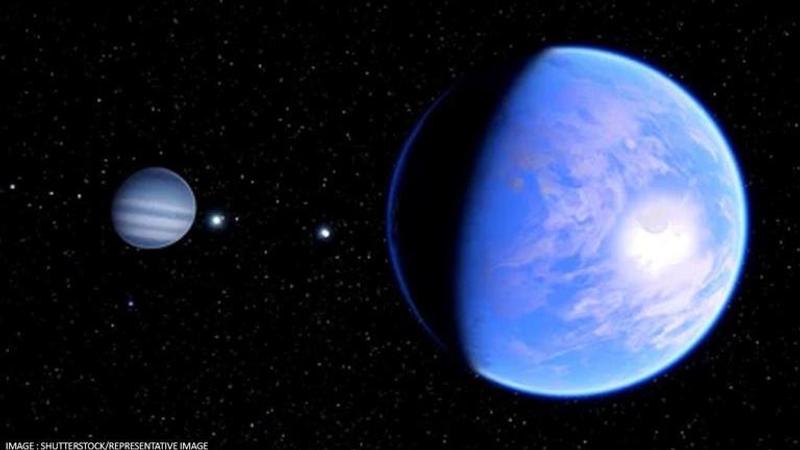Published 17:26 IST, November 16th 2021
Satellite data collected in the 1980s might hint at Mystery Planet 9's existence: Study
Astronomer Michael Rowan-Robinson of UK-based Imperial College London has suggested that data collected in the early 1980s might hint at its existence.

The mysterious Planet Nine has started making rounds again as astronomer Michael Rowan-Robinson of UK-based Imperial College London has suggested that data collected in the early 1980s might hint at its existence. The theory of Planet 9's existence first emerged in 2016 after astronomer Michael Brown and Konstantin Batygin, from the California Institute of Technology, stumbled upon a few hints. They had found that small icy objects in the Kuiper Belt region outside the solar system were strangely orbiting an invisible entity, something that is only possible under a gravitational pull.
Rowan-Robinson's new theory on Planet 9
In his new paper published in the Monthly Notices of the Royal Astronomical Society, Rowan-Robinson suggested that a data set belonging to the 1980s might help in tracing Planet Nine, which remains to be a hypothetical world till now. He reportedly analysed observations of the infrared Astronomical Satellite (IRAS) from 1983 and believes that a dataset this old can help locate where the planet is right now. Analysis of the observations revealed that there are three source points where Planet 9 could exist and these points can narrow down the scale for a more targeted hunt. According to a report by Science Alert, Rowan-Robinson wrote in his paper,
Given the poor quality of the IRAS detections, at the very limit of the survey, and in a very difficult part of the sky for far-infrared detections, the probability of the candidate being real is not overwhelming. However, given the great interest of the Planet 9 hypothesis, it would be worthwhile to check whether an object with the proposed parameters and in the region of sky proposed, is inconsistent with the planetary ephemerides.
The three source points were reportedly selected out of 250,000 point sources when the IRAS surveyed 96% of the sky for ten months. As per Science Alert, the satellite found something moving across the surveyed region of the sky in the months of June, July and September 1983, which made Rowan-Robinson speculate that this actually might pass as a candidate for Planet 9. However, it remains to be seen if the data proves the existence of the mysterious planet at the edge of our solar system.
Brown and Batygin had earlier theorised that Planet Nine is must have been born before any other planet and was pushed to the edges by other planets. Although not everyone agrees to its existence, some experts even argue that the mystery object might be a black hole. The planet is estimated to be more massive than our planet and might be located at a distance 600 times greater than what is between the Earth and the Sun.
Image: Shutterstock
Updated 17:26 IST, November 16th 2021



